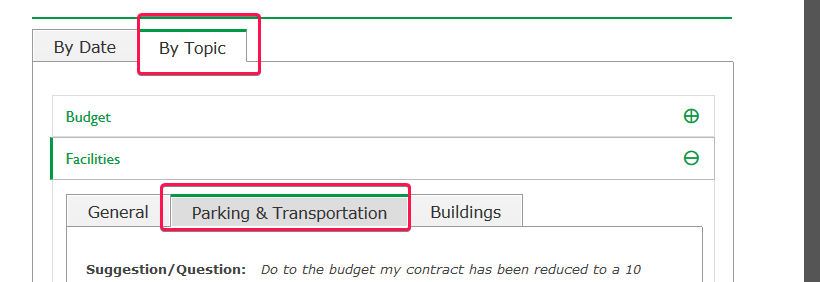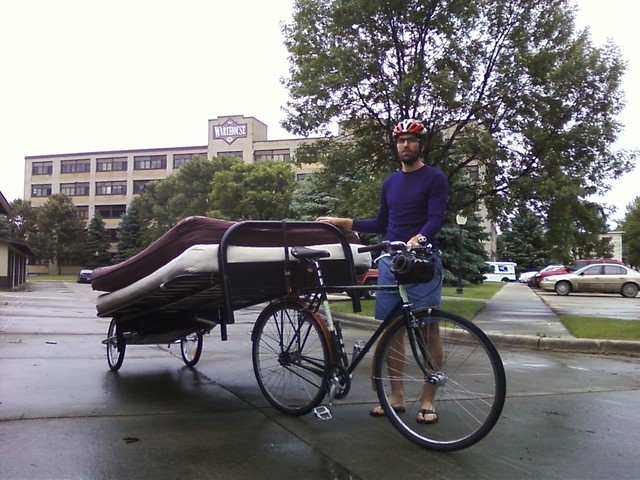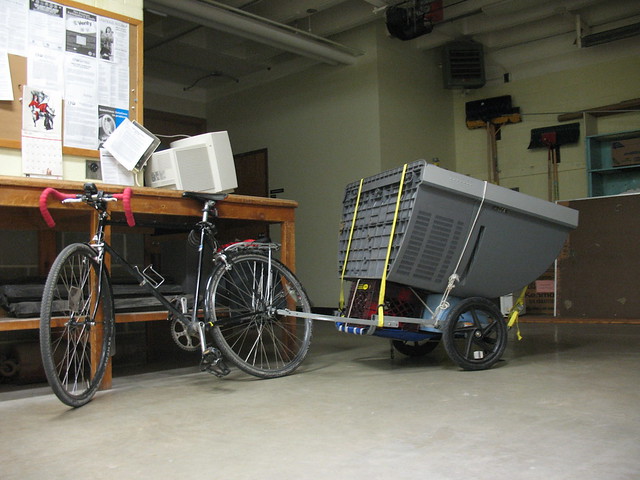If you want to see some of the suggestions by staff about parking on campus, look no further! Head to the Staff Senate suggestion box and click “By Topic,” “Facilities,” and then “Parking & Transportation.”

I’d like to suggest some more about promoting walking, cycling, and transit, but I doubt these ideas will be taken seriously unless I show up to the next open forum.
Edited to add an email with more information about the upcoming parking process:
Open forums will be held March 25 and April 15 to seek input from students, faculty and staff regarding UND Parking and Transportation planning and possible changes. All are welcome.
- Monday, March 25, 9:30-10:30 a.m., Memorial Union Lecture Bowl
- Monday, April 15, 3-4 p.m., Memorial Union Lecture Bowl
Following is some background information about the proposed changes. Please note that final decisions on parking and transportation have not yet been made. More information will be provided when it is available.
Why are parking and transportation changes being considered?
UND Parking must become self-supporting within the next five years, and will no longer receive state funds beginning in 2024. All costs and expenses related to parking must be covered through permit sales and parking fees.
Currently, parking is partially subsidized from other sources, and that support will no longer be available. Parking permits and fees must provide enough revenue to operate, maintain, and develop parking lots and spaces. One goal of the new model is dedicate funds for parking lot maintenance and construction.
How is the parking policy being developed?
Members of the Parking Committee have been meeting regularly to develop a new plan for parking. The forums will gather input from students, faculty and staff. Parking recommendations will be finalized in May and sent to Vice President for Finance & Operations Jed Shivers for review. After review, the new parking structure will begin operating Aug. 1.
What changes are being considered?
One of the unique challenges faced by Parking Services is that nearly everyone uses parking. And as much as we would like to, not everyone can park at the front door.
Parking revolves around three factors: cost, convenience and supply. Everyone would like parking to be convenient, inexpensive and sufficient, but that’s not possible. If parking is inexpensive and convenient, it will not be sufficient. If there is sufficient and inexpensive parking, it will not be convenient. And if there is sufficient and convenient parking, it will be expensive.
Parking fees will likely be raised to cover parking costs. Instead of zones, parking may be “tiered,” or have different costs according to location. And parking spaces may be shared. For example, 100 people can generally share 60 to 80 spaces, since not everyone is on campus at the same time. Parking fees may differ by location and use.
Shuttle bus services may offer additional routes to transport people from more distant lots. Those lots will have lower parking rates. Shuttle bus services may also be adjusted.
When will the changes take place?
No final decision has been made. If the recommendations are approved, they will go into effect on Aug. 1.


